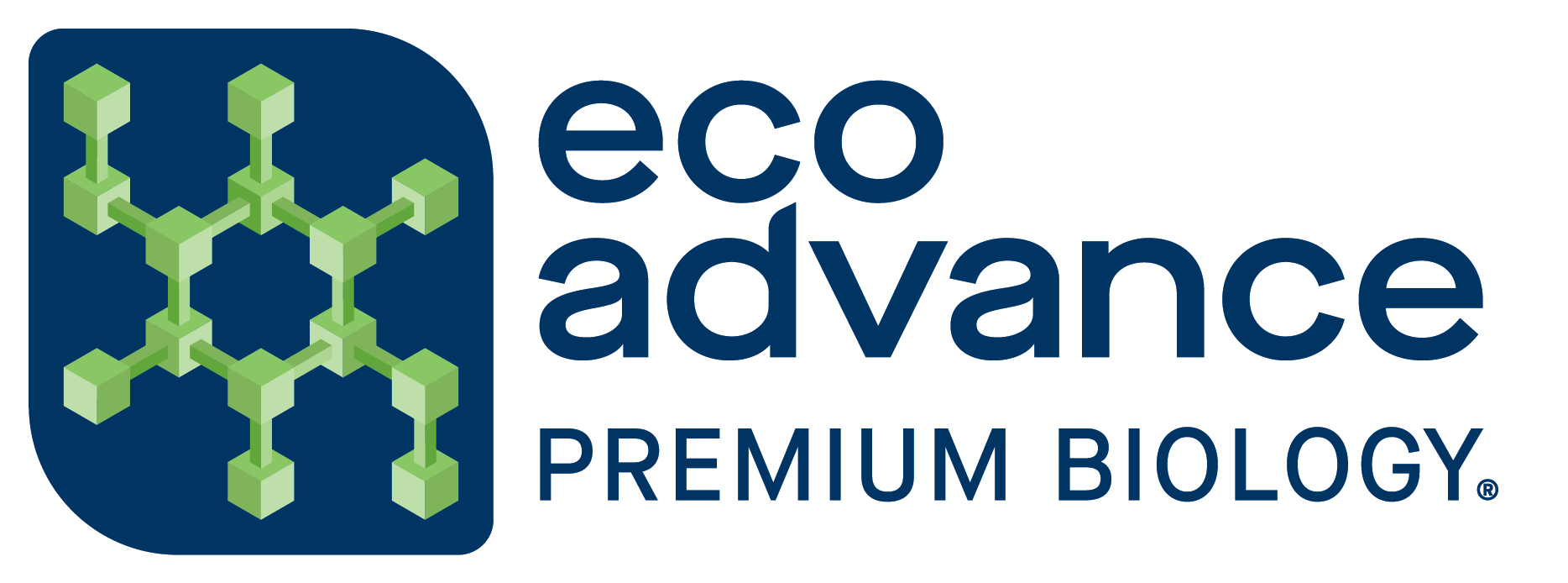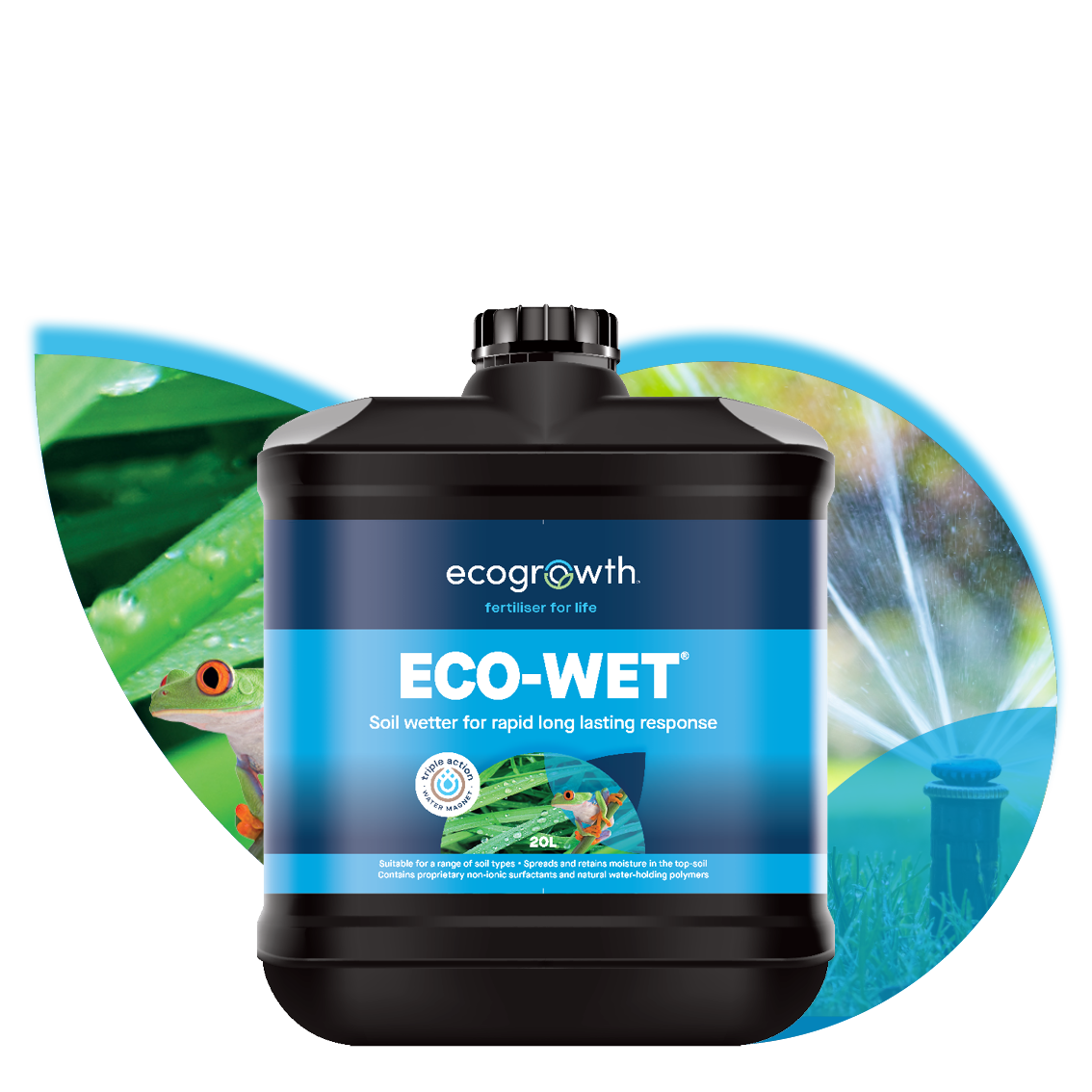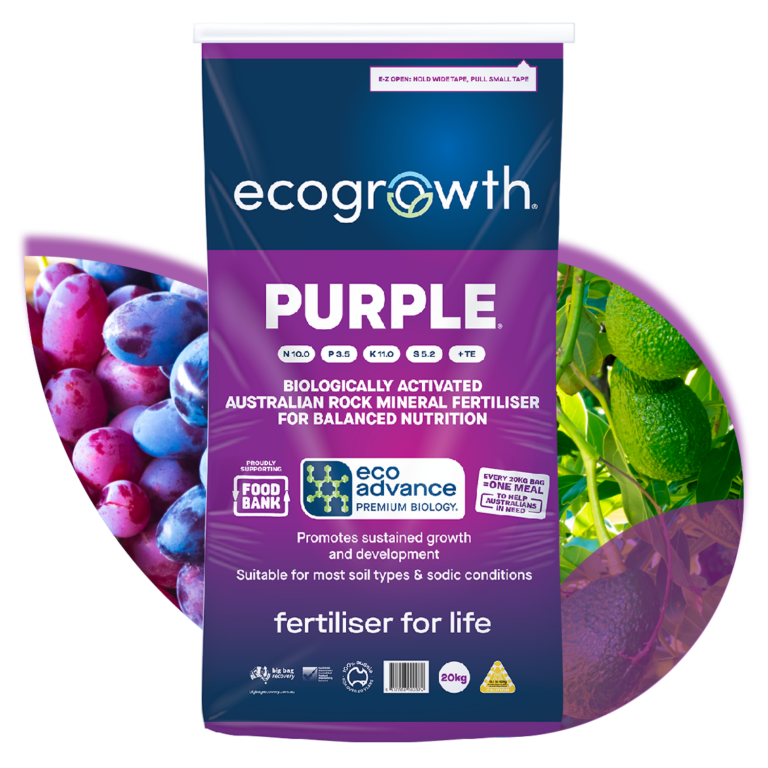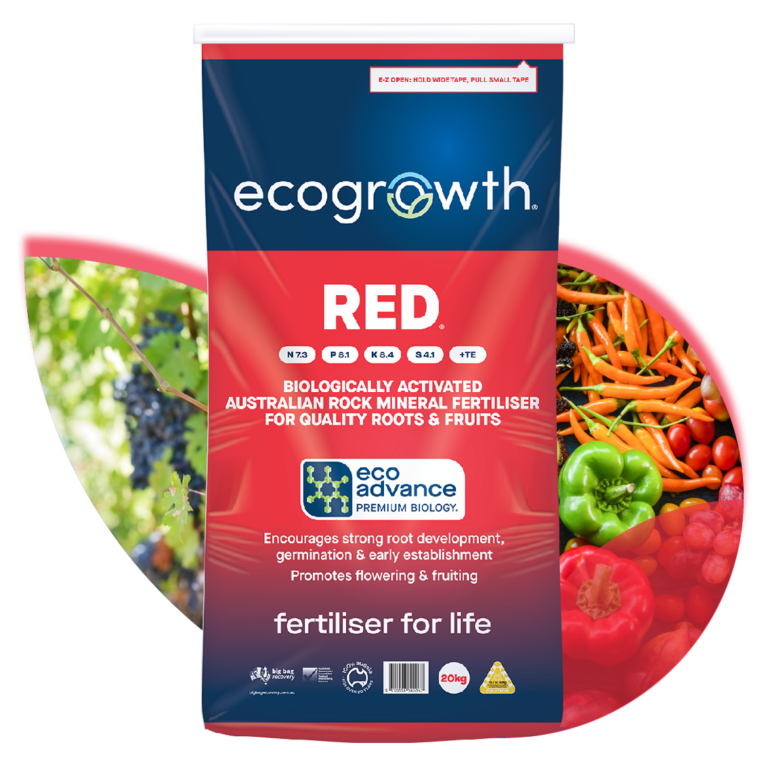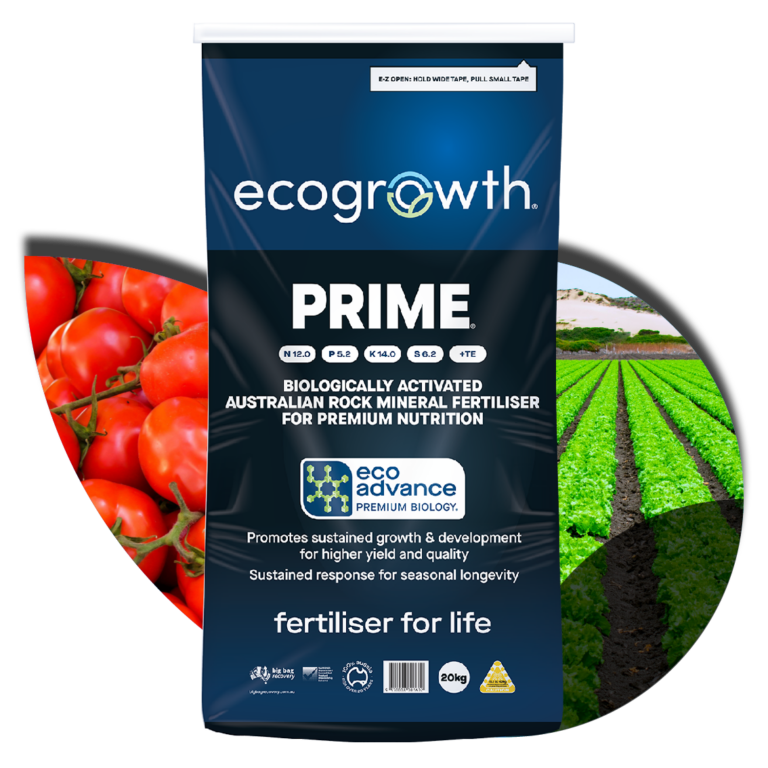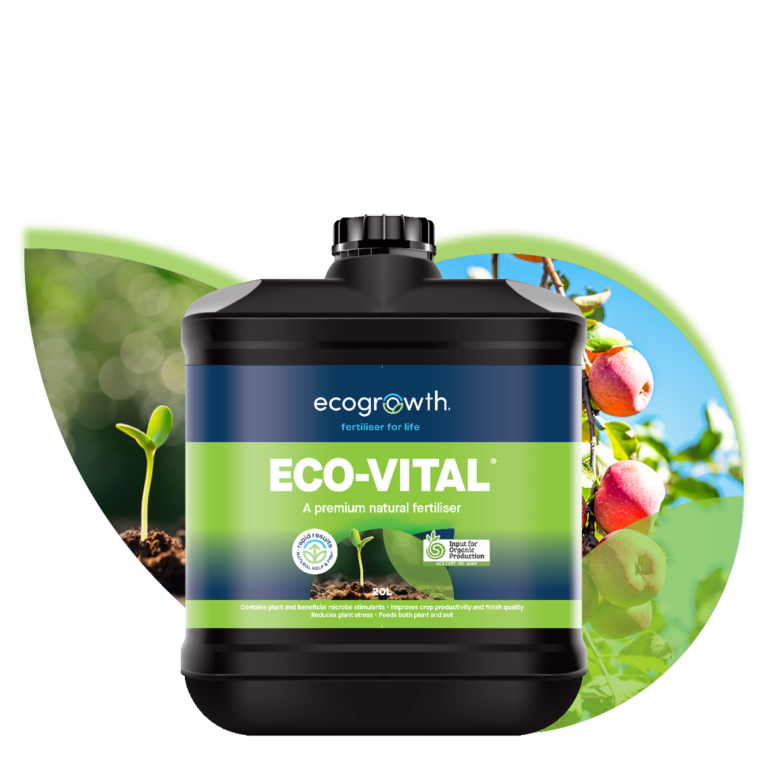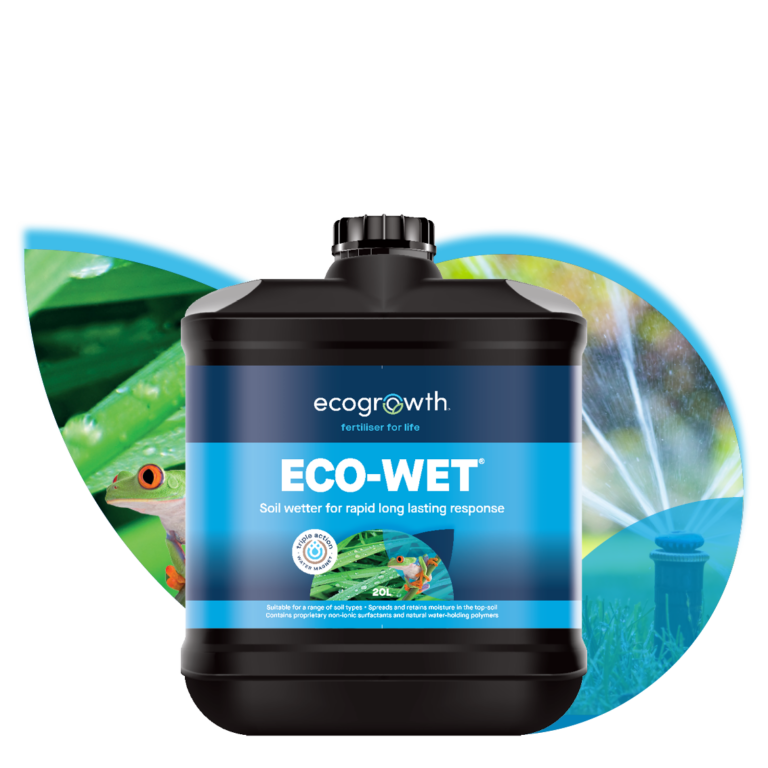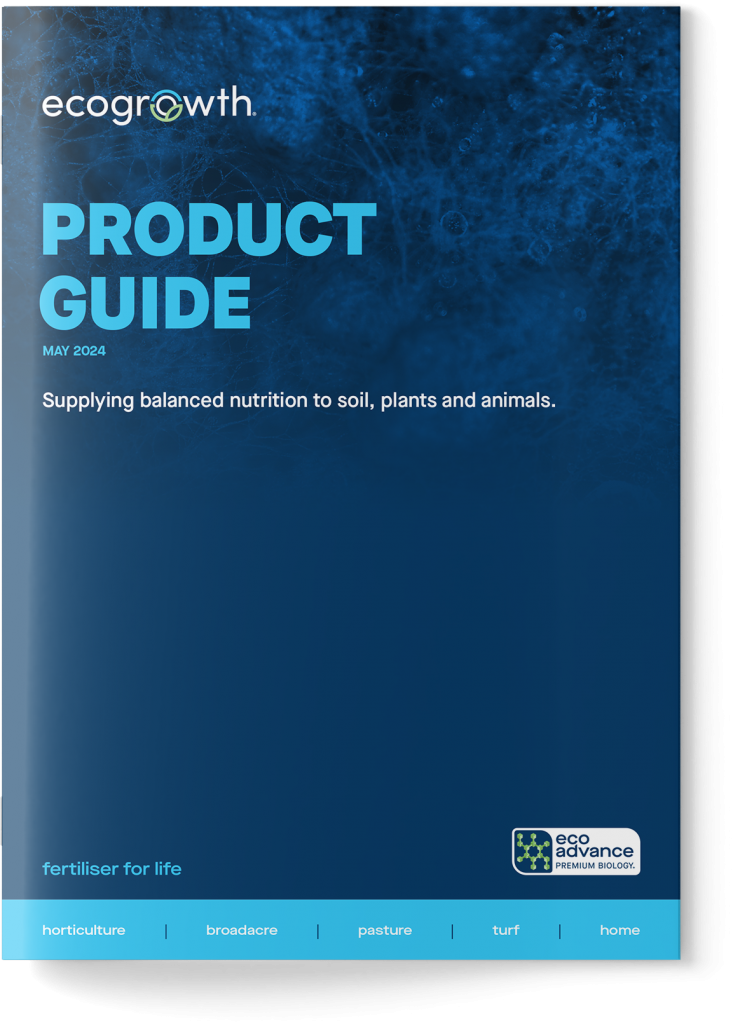
TECHNICAL ARTICLE
Slow-Release Fertilisers And The Science Behind Them
Slow-release fertilisers are well-known in the agricultural industry. Their ability to provide a crop with a more consistent supply of nutrients over an extended period improves nutrient use efficiency (NUE) [1]. Designed to delay nutrient release and better match the uptake dynamics of crops, slow-release fertilisers promote sustained growth without the surge-and-deplete cycles associated with water-soluble, quick-release conventional fertilisers [2]. They offer a more efficient, smarter and sustainable approach to providing crop nutrition, positioning with modern agricultural practices that focus on environmental stewardship. Given the high demand for nitrogen to fuel agricultural productivity, most slow-release, enhanced-efficiency fertilisers are developed for regulated nitrogen delivery, but this differs from one manufacturer to another.
The challenge of conventional soluble fertilisers
Conventional soluble fertilisers, upon application, react immediately to the environmental conditions of the soil, with exposure to temperature, sunlight, moisture, wind or soil pH determining their rapid nutrient release. Whereas these fertilisers can provide highly soluble, immediately available soil nutrients, high environmental losses can occur due to their uncontrolled release patterns. A short nutrient release window can surpass plant nutrient uptake capacity and lead to environmental losses as excess nutrients remain unused in the soil. Nitrogen can be lost via atmospheric volatilisation and subsoil leaching.
In regions with unpredictable rainfall or high irrigation, high soluble soil nutrients can be lost with water run-off and create environmental pollution, leading to algal blooms that degrade water quality and aquatic life [3].
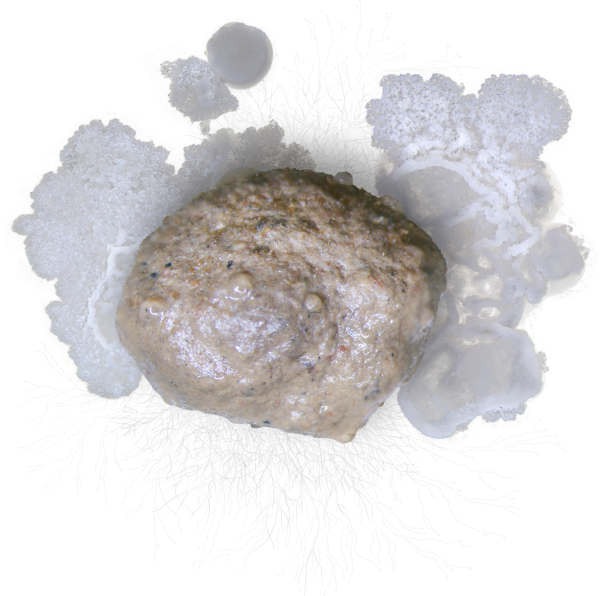
Slow-release fertilisers
Slow-release or enhanced-efficiency fertilisers function by controlling the rate of nutrient availability to plants. Their use promotes longer nutrient availability in the soil, thus saving labour costs, time and fertiliser inputs. More consistent delivery of nutrients improves nutrient use efficiency and reduces nutrient loss out of the agricultural system. The following technologies are currently common in the market:
- Urease and nitrification chemical inhibitors.
- Physical encapsulation (slow and controlled release).
Urease and nitrification chemical inhibitors block the natural cycling of nitrogen species, reducing the rate of ammonia (NH3) and nitrate (NO3) evolution that are susceptible to volatilisation and leaching, respectively.
Physical encapsulation consists of coating the fertiliser with materials such as polymers, gradually releasing nutrients as coatings break down while mitigating environmental losses from rapid release.
Other options for slow, controlled nutrient supply are the microbial release of naturally low-soluble rock minerals and the combination of synthetic nitrogen with humate, both of which are incorporated into Ecogrowth® fertiliser blends for enhanced nutrient use efficiency.
Low-soluble rock minerals are made bioavailable via soil biology, in particular, soil fungi and bacteria. A healthy soil microbiome acts as a symbiotic extension of the plant root system, enhancing plant nutrient access and uptake. All Ecogrowth rock mineral fertilisers are coated in EcoAdvance® premium biology, our proprietary granular fertiliser inoculum that contains select strains of beneficial soil microbes and complementary bio-stimulants. EcoAdvance® premium biology works by kick-starting soil microbial activity, resulting in microorganism-based nutrient delivery and related soil health benefits (read more here).
The benefits of slow-release nutrients
Compared to conventional soluble fertilisers, slow-release fertilisers offer multiple advantages. They increase nutrient use efficiency, enabling plants to absorb more of the applied nutrient, thus minimising waste, input cost and potential environmental pollution [4]. A more consistent nutrient release maintains soil nutrient availability, encouraging healthier plant growth as nutrients are available at critical stages of plant development, leading to potential yield increases. In demanding cropping systems, this is particularly beneficial as adequate soil fertility must be maintained to support continuous yield.
The environmental benefits of slow-release fertilisers go beyond reduced nutrient losses from agricultural systems [5]. A more consistent nutrient supply supports diverse soil life, which is essential for plant growth, soil health and overall ecological balance. Furthermore, slow-release fertilisers align with global efforts to combat climate change. Greater nutrient use efficiency reduces the need for high volumes of fertilisers that are manufactured with fossil fuel energy. Also, slow-release nutrients can significantly reduce the need for frequent fertiliser applications and the use of heavy machinery necessary for application. Overall, more efficient nutrient management can lower carbon footprints in agricultural systems while maintaining and even increasing yields.
Going forward
In modern agriculture, the strategic use of slow-release, enhanced-efficiency fertilisers is transformative, offering significantly reduced environmental risks alongside enhanced crop productivity. The use of technologies that provide controlled nutrient release is becoming more critical as the agriculture sector evolves towards more sustainable practices. Products that improve fertiliser NUE support economic goals of lowering costs and increasing yield, and also realise environmental objectives of better resource management and reduced pollution. This ensures that agricultural systems remain viable for future generations.
References
- Priya, E., S. Sarkar, and P.K. Maji, A review on slow-release fertilizer: Nutrient release mechanism and agricultural sustainability. Journal of Environmental Chemical Engineering, 2024. 12(4): p. 22.
- Liu, G., et al., Controlled-Release and Slow-Release Fertilizers as Nutrient Management Tools. 2021, Department of Horticultural Sciences, UF/IFAS Extension: Gainesville: University of Florida Institute of Food and Agricultural Sciences. p. https://doi.org/10.32473/edis-hs1255-2014.
- Chakraborty, S., et al., Effects of fertilizers used in agricultural fields on algal blooms. European Physical Journal-Special Topics, 2017. 226(9): p. 2119-2133.
- Almutari, M.M., Synthesis and modification of slow-release fertilizers for sustainable agriculture and environment: a review. Arabian Journal of Geosciences, 2023. 16(9): p. 518.
- Jariwala, H., et al., Controlled release fertilizers (CRFs) for climate-smart agriculture practices: a comprehensive review on release mechanism, materials, methods of preparation, and effect on environmental parameters. Environmental Science and Pollution Research, 2022. 29(36): p. 53967-53995.
Related products
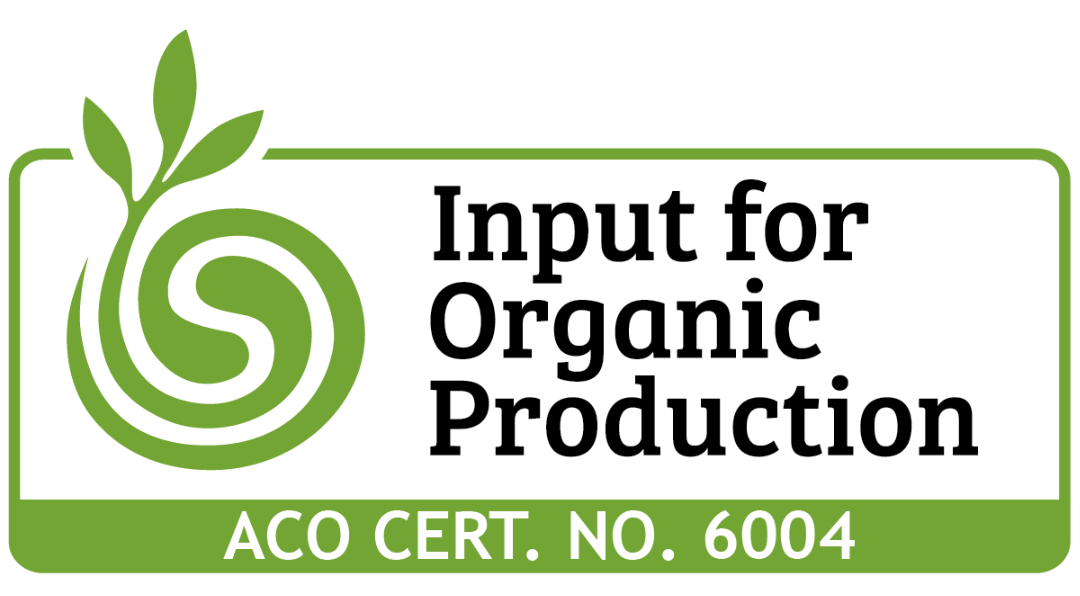
Eco-Vital®
A premium natural kelp and fish fertiliser with plant extracts that delivers rapid results.
